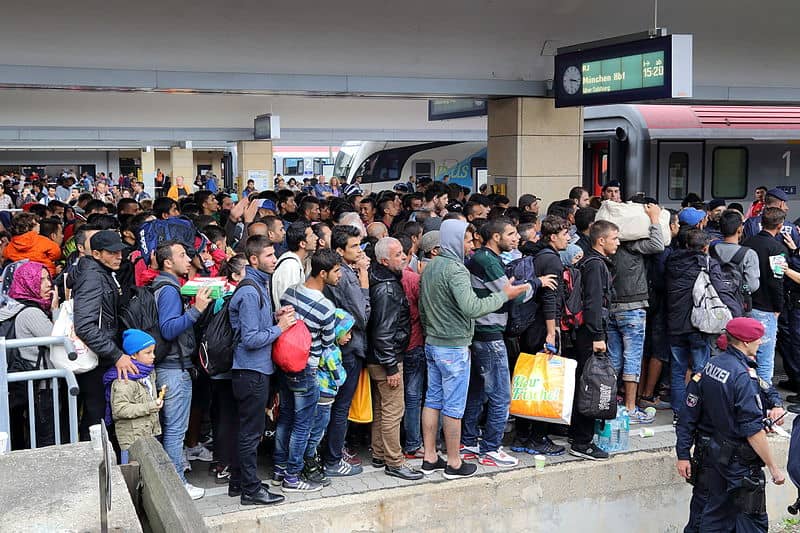How have European cities –and specifically, German and Swedish cities, managed to offer housing to the thousands of asylum-seekers who flocked to their gates beginning in 2015? How are they now drawing on the knowledge born of the challenge of temporary housing provision to solve their affordable housing shortage?
In February 2017, La Fabrique de la Cité launched a transnational, interdisciplinary research project on the resilience of European cities to the demographic shock that arose out of the arrival of countless asylum-seekers fleeing Syria, Iraq or Afghanistan starting in 2015. The conclusions of this work can be found in a report which, by offering insight into the solutions deployed in Berlin, Hamburg, Stockholm, Stuttgart, Munich, and Dresden, offers a practical guide for cities faced with similar challenges.
To mark the publication of this report and the conclusion of its dedicated research project, La Fabrique de la Cité convened an international conference in Munich on 23 November 2017 entitled “European Cities and the Refugee Situation: A Laboratory for Affordable Housing and Urban Resilience?”, organized in partnership with the German Architecture Museum (Deutsches Architektumuseum) and its project “Making Heimat”. After a keynote presentation by Canadian author and journalist Doug Saunders regarding his work on the concept of “Arrival City” and a presentation by Cécile Maisonneuve of La Fabrique de la Cité’s report, several experts from Berlin, Hamburg, and Vienna gathered to discuss the resilience of European cities to demographic shocks. This first roundtable was followed by a second session dedicated to the specific example of the city of Munich, an urban laboratory for affordable housing, and by a visit of “Does Permanence Matter? Ephemeral Urbanism”, an exhibition by the Architecture Museum of the Technical University of Munich.

















